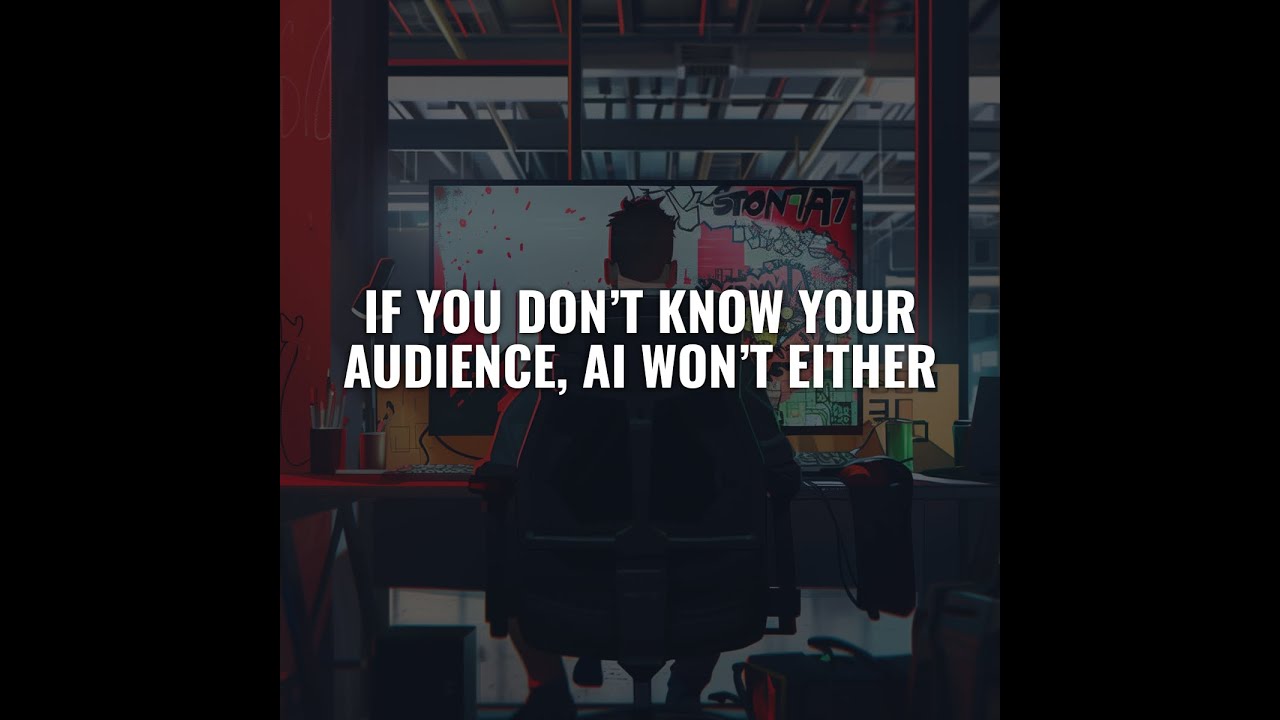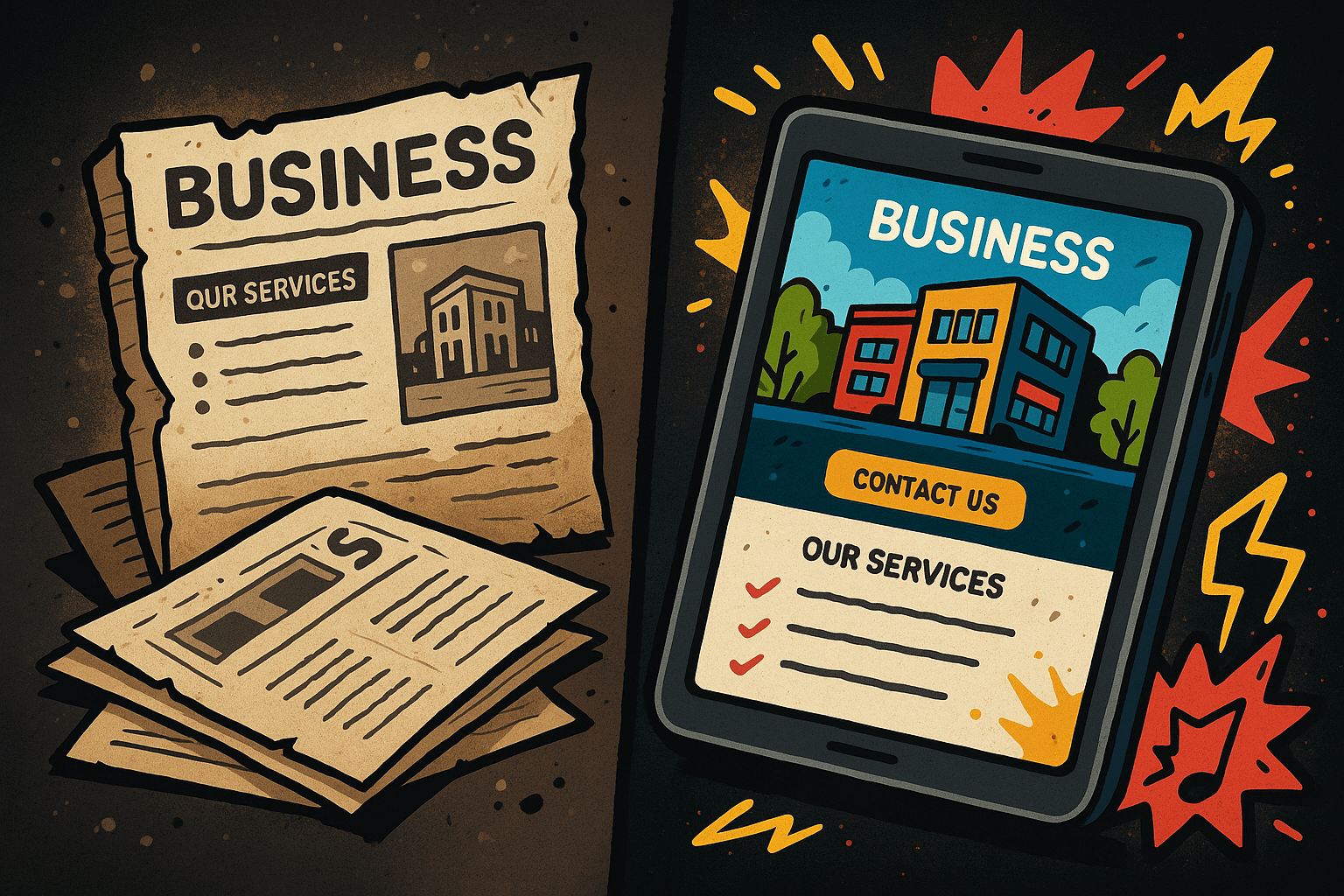The 8th Brand Pillar: Brand Avatar
If your AI sounds robotic, stiff, or off-brand… it’s not the AI’s fault.
It’s because your brand hasn’t taught it how to sound.
That’s where the Brand Avatar comes in.
The Brand Avatar is your company’s personality in action — the vibe, tone, and style that defines every message you put into the world. And without it? Your AI is just guessing.
What Is a Brand Avatar?
Let’s be clear — your Brand Avatar is not your logo or your brand colors.
It’s not your mission statement either.
Your Brand Avatar is the humanized voice of your brand. It’s the personality your customers experience when they read your website, speak to your chatbot, or get your automated emails.
It’s the difference between sounding like this:
“Hi, I’m a digital agency that helps businesses with marketing.”
And this:
“You’ve got a killer business. We make sure the world knows it — with strategy, swagger, and AI muscle behind every click.”
Same offer. Different vibe. One has a Brand Avatar. The other… doesn’t.
Why It Matters in the Age of AI
If you’re using AI for marketing (and let’s face it, you should be), then your bots are now speaking on your behalf — everywhere.
- Your GPT writing social posts
- Your chatbot handling leads
- Your CRM sending emails
- Your prompts summarizing sales calls
But here’s the catch: AI doesn’t know who you are unless you teach it.
And teaching it starts with defining your Brand Avatar.
What Happens When You Skip It
Without a defined Brand Avatar, you’ll notice:
🚫 Inconsistent tone across platforms
🚫 Emails that sound one way, chatbots that sound another
🚫 GPT outputs that require heavy rewriting
🚫 Customer confusion and trust erosion
🚫 Missed opportunities to stand out
AI is only as good as the instructions it receives.
If you don’t specify the tone, the AI will default to bland, generic, safe — and boring.
Building a Strong Brand Avatar
When we build out a company’s AI Brand Blueprint at Sandbox Media, this pillar includes:
- Voice style: Are you witty? Straightforward? Playful? Bold?
- Personality traits: Mentor, rebel, expert, friend, visionary, etc.
- Communication tone: Direct, emotional, formal, relaxed, edgy
- Energy level: Calm and grounded vs. fast-paced and energetic
- Do’s and don’ts: Words to always use, and ones to never touch
- Examples in action: Side-by-side comparisons of “on brand” and “off brand” messaging
We even encode these into your GPTs so AI responses never drift off-brand again.
Real Example: Agency Brand Avatar
Let’s say your Brand Avatar is a bold, irreverent agency voice that doesn’t pull punches.
With that in place, your AI-written blog intro might sound like:
“If your marketing plan still includes print flyers and cold calls, we need to talk. You’re not just behind — you’re invisible.”
But without that Brand Avatar defined? You’d get something like:
“Marketing strategies have evolved in recent years. It’s important to consider digital methods.”
See the difference?
One sparks curiosity and builds connection.
The other could have been written by anyone.
AI + Avatar = Scalable Brand Voice
Here’s the exciting part: once your Brand Avatar is dialed in, AI becomes your biggest brand ally.
You can:
✅ Generate content that feels like you
✅ Repurpose with consistency
✅ Automate outreach that builds trust
✅ Scale messaging across departments
All without sacrificing your brand’s identity.
Where to Apply It
Once defined, your Brand Avatar should influence:
- Your GPT prompt structure and memory settings
- CRM sequences and customer nurture flows
- Chatbot tone and onboarding scripts
- Website copy and call-to-action phrasing
- Sales scripts and cold outreach templates
It becomes your AI tone of voice guide — and you can use it anywhere.
What Could Go Wrong If You Skip This?
If you don’t define your Brand Avatar, here’s what you risk:
- Generic outputs that don’t convert
- Messaging that feels disjointed and confusing
- Wasted time rewriting AI-generated content
- A lack of brand recognition in a crowded space
- Inconsistent customer experiences across channels
It’s not that your tools aren’t working — it’s that your brand isn’t guiding them.
Final Thought: AI Should
Sound Like You
You’ve worked hard to build a brand that people recognize, trust, and engage with.
Don’t let that go out the window the moment AI enters the chat.
Defining your Brand Avatar is how you ensure your voice — your real voice — scales with you.
And if you’re not sure where to start?
That’s what we do best.
Related Links
- What Are Sandbots?
- Watch all episodes of Brains, Bots n’ Business
- Book your AI policy consult





